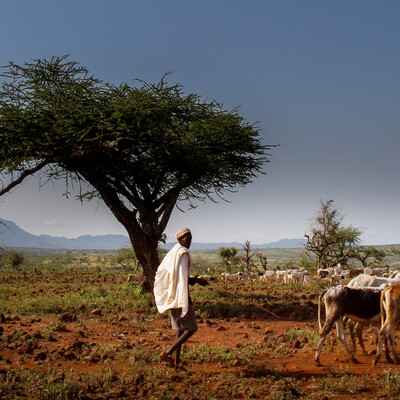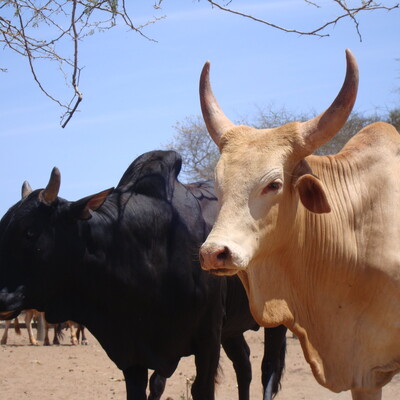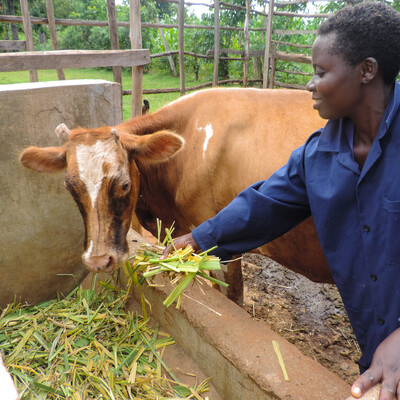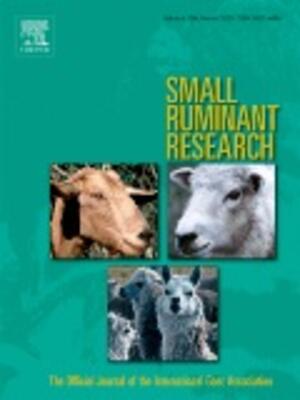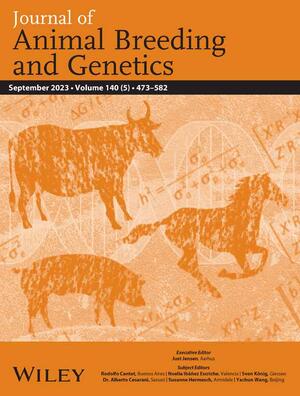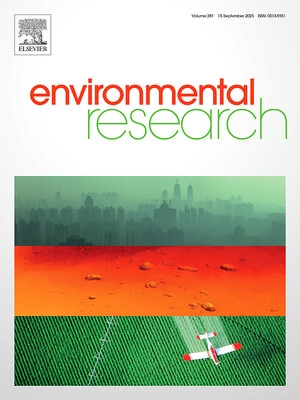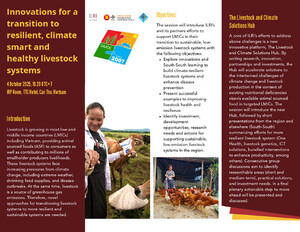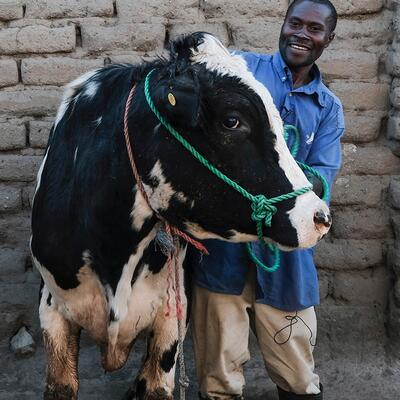
Shallow wells cushion smallholders in Mali and Ghana from the effects of climate variability
Shortage of water supply for domestic and livestock consumption, high temperatures associated with erosive and turbulent winds, poor rainfall patterns, and poor vegetation cover are just but a few of the common impacts of climate variability globally. In the Sahel region of Africa, these impacts are even more acute due to a predominantly rain-fed agriculture, inherently poor soils, severe human-induced land degradation and high population growth perpetuating poverty and land degradation.
To find solutions for this challenge, Africa RISING scientists from International Crops Research Institute for the Semi-Arid Tropics implemented a small-scale pilot study in the semi-arid regions of southern Mali and northern Ghana to evaluate the impact of climate variability at different scales (farm to watershed), using newly setup hydro-meteorological stations and hydrological modelling tools. They established monitoring stations which provided hands-on primary data to understand the dynamics of water availability (surface and sub-surface). Long-term high resolution remotely sensed images were then used to provide insights into changes in land use and land cover dynamics over time. These data inputs were coupled with hydrological models and longer-term rainfall and temperature data to provide insights into, and implications of, the regional hydrological cycle under changing climatic conditions.
Using this approach, the interaction of water balance components and natural resources management (NRM) practices were evaluated from farm to watershed scale. The following findings emerged from the study:
- Subsurface water management options, like shallow wells, will offer farmers better coping mechanisms and help them adapt to climate change.
- Provision of low cost and climate-smart water lifting technologies will improve water access and availability from shallow wells.
This study provided valuable information in the identification and prioritization of practices relevant to the reduction of the ipact of climate change variability in different agro-ecologies. This pilot could be scaled-up through the delivery of community training programs, the integration of national and regional research institutions into the process and access to established hydrological tools.
See a poster summarizing this work below.
Written by Birhanu Zemadim, ICRISAT








